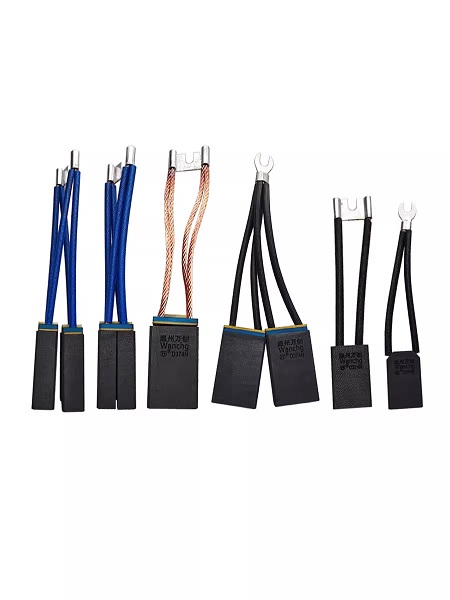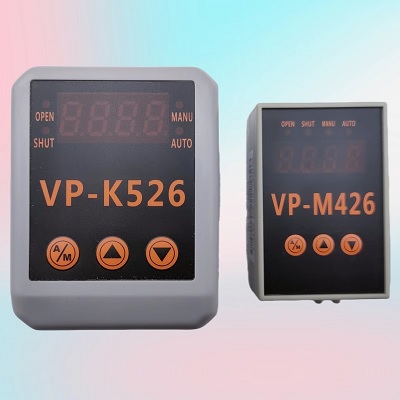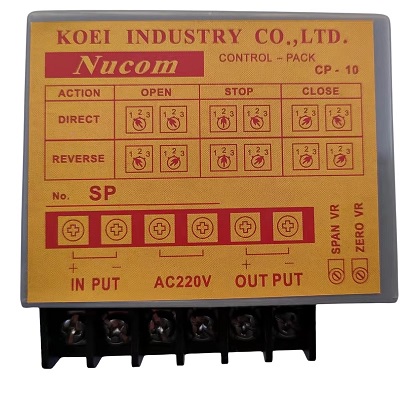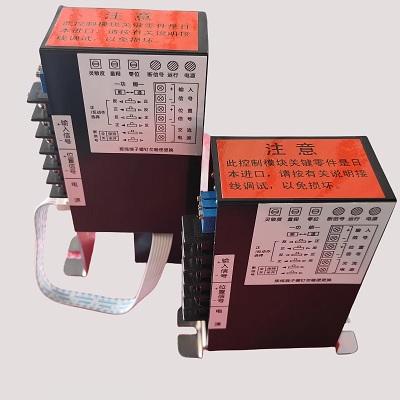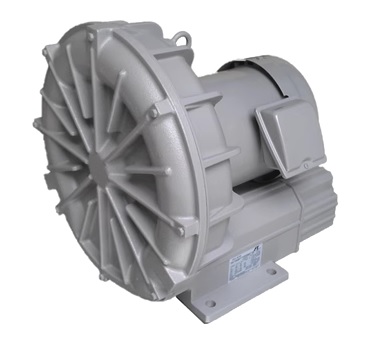- Bộ lập trình PLC, cáp lập trình
- Màn hình HMI
- Cảm biến, phụ kiện
- Biến tần, khởi động mềm
- Máy cắt, Aptomat, khởi động từ
- Thiết bị đo lường, bảo vệ
- Thiết bị công nghiệp, tự động hóa
- Thủy lực, khí nén, van công nghiệp
- Motor, Servo motor, Servo Amplifier
- Thyristor, Module, SCR, SSR, Diode
- Phụ kiện tủ điện và vỏ tủ điện
- Cáp điện, ống bảo vệ cáp
- Thiết bị điện trung thế, truyền tải
- Thiết bị chống sét, kim thu sét
- Dụng cụ cầm tay, dụng cụ tool
- ATS, UPS, tụ bù, cuộn kháng
-
Thiết bị ngành xi măng, thép, nhiệt điện
-
Thiết bị vật tư điện nhẹ-viễn thông
Chổi than Wanchuang YZR low copper carbon brush J201 8 10 12.5 20 25 32 40 50 60 half copper J204
Chổi than Wanchuang YZR low copper carbon brush J201 8 10 12.5 20 25 32 40 50 60 half copper J204
Tình trạng sản phẩm:

A carbon brush is a device that transmits energy or signals between the fixed part and the rotating part of a motor or generator or other rotating machinery. It is generally made of pure carbon and a coagulant. There is a spring to press it tightly on the rotating shaft. For example, after the oil drilling is completed, if it needs to be tested, it is necessary to put the instrument down from the wellbore, and the signal is sent from the rotating part (cable drum wrapped with steel wire) to the ground instrument through the carbon brush. The carbon brush looks a bit like a pencil eraser, with wires coming out of the top. There are large and small sizes. Carbon brushes, as a kind of sliding contact, are widely used in many electrical equipment. Product materials mainly include electrochemical graphite, grease-impregnated graphite, and metal (containing copper, silver) graphite.
The function of the carbon brush
is that the inside of the brush motor is on the surface of the commutator. When the motor rotates, the electric energy is transmitted to the coil through the commutator. Because its main component is carbon, it is called a carbon brush, which is easy to wear. It should be maintained and replaced regularly, and carbon deposits should be cleaned.
Types of carbon brushes Carbon
brushes include resin type, electrochemical type, and non-ferrous metal type. They are used on different motors due to different materials and processes. In order to ensure the normal operation of the motor, it is very important to correctly select the type of carbon brush. Due to the different raw materials and processes used in the manufacture of carbon brushes, their technical performance is also different. Therefore, when selecting carbon brushes, the performance of the carbon brush and the motor's requirements for the carbon brush should be comprehensively considered. The signs of good carbon brush performance should be:
1 A uniform, moderate and stable oxide film can be formed quickly on the surface of the commutator or collector ring.
2. The carbon brush has a long service life and does not wear the commutator or collector ring.
3. The carbon brush has good commutation and current collection performance, so that the spark is suppressed within the allowable range, and the energy loss is small.
4. When the carbon brush is running, it does not overheat, makes little noise, is assembled reliably, and is not damaged.
The correct installation method of carbon brush
1. The carbon brush should be installed in the brush holder to ensure that it can move up and down freely. A large swing occurs. The distance between the lower edge of the brush holder and the surface of the commutator should be kept at about 2 mm. If the distance is too small, the brush holder may easily touch the commutator; if the distance is too large, the carbon brush may vibrate and cause damage.
2. On the same motor, in principle, the same type of carbon brushes should be used. However, for large and medium-sized motors that are particularly difficult to commutate, twin carbon brushes can be used. The sliding-in side has good lubrication performance, and the sliding-out side has a restraining brush. Carbon brushes with a strong sparking capacity, resulting in improved operation of the carbon brushes.
3. The unit pressure applied to each carbon brush of the same motor should be uniform, so as to avoid uneven current distribution, resulting in overheating and sparks of individual carbon brushes. The unit pressure of the carbon brush should be selected according to the "Carbon Brush Technical Performance Table". For motors with higher speeds or motors operating under vibration conditions, the unit pressure should be appropriately increased to ensure normal operation. For example: the carbon brush pressure of the tractor motor is 0.4-0.6kgf/cm2. Usually the carbon brush pressure is too high, the wear of the carbon brush is intensified, the unit pressure is too small, the contact is unstable, and mechanical sparks are prone to occur.
Carbon brush replacement cycle standards
1. When the carbon brushes are worn to a certain extent, they must be replaced with new carbon brushes. All carbon brushes must be replaced at once. If old and new carbon brushes are mixed, uneven current distribution may occur. For large units, stopping to replace carbon brushes will inevitably affect production. You can choose not to stop the machine. We usually recommend that customers replace 20% of the carbon brushes each time (that is, 20% of each brush rod of each motor). The interval is 1-2 weeks, and the remaining carbon brushes will be gradually replaced after running-in to ensure the normal and continuous operation of the unit.
2. In order to make the carbon brushes in good contact with the commutator, the new carbon brushes should be ground, and the grinding is generally done on the motor. Place a piece of fine glass sandpaper between the carbon brush and the commutator. Under normal spring pressure, grind the carbon brush in the direction of motor rotation. The sandpaper should stick to the commutator as tightly as possible until the arc surface of the carbon brush matches, and then remove it. Sandpaper, blow off dust with compressed air, and wipe clean with a soft cloth. Carborundum paper should not be used for grinding carbon brushes, in order to prevent carborundum particles from being embedded in the commutator groove, and scratching the surface of carbon brushes and commutator when the motor is running. After arc grinding, the motor is operated at 20-30% load for several hours to make the carbon brushes and commutator run in and build up a uniform oxide film. Then gradually increase the current to the rated load.
Causes and solutions of several common carbon brush failures
1. Causes of sparks and troubleshooting methods
1. Causes and treatment methods
a The additional pole is poorly adjusted - use a shunt or adjust the air gap of the additional pole, or change the carbon brush model.
b Mica protrudes——--- Engrav the mica or use more abrasive carbon brushes
c. The connection of the commutator riser is disconnected---- Re-weld
d Carbon brushes Incorrect position————————Adjust the brush holders to the correct position
e The spacing or arrangement of the brush holders is uneven——————Correct the spacing and arrangement of the brush holders
f Commutator or collector ring Eccentricity---turn or re-grind at rated speedg
Commutator is loose and the commutator blades are uneven---Tighten it and turn or re-grind
h Commutator blades are oily-- ------------Clean the commutator segments and sealed bearings
i The carbon brushes are stuck or retained in the brush holders ------- Check whether the size of the carbon brushes is correct, clean the carbon brushes and brush holders Remove any burrsj
Poor running-in of the carbon brushes-------Breaking in the carbon brushesk The carbon
brush model is not suitable for the motor
2. Regarding the causes of chatter of the carbon brushes
a. Commutator segments or mica protrusions -----------Tighten the commutator and engrave mica b below. The
brush holder is away from the commutator or too far away from the collector ring ----Adjust the distance from the brush holder to the commutator to 2 mmc
Commutator or collector ring ellipse——turning or regrinding commutator or collector ring
d Brush holder installation is loose——————————————installation Fastening piece
e The carbon brush is too loose in the brush holder -----If the brush holder is worn, it needs to be replaced with a new one
f The carbon brush model is inappropriate
3. Troubleshooting for uneven carbon brush wear Method
a. Motor overload—————————————————————— Reduce and limit the motor load
b. There is oil on the commutator or collector ring---clean the commutator or collector ring.
c. The resistance between the carbon brush and brush rod is uneven---clean and tighten it. Fixed joints
e. There are abrasive particles on the carbon brush contact surface - Re-run in and clean the carbon brush surface
f. Uneven current distribution - Adjust the carbon brush pressure
g. Mixed carbon brush models-----------Only one type of carbon brush can be installed.
-
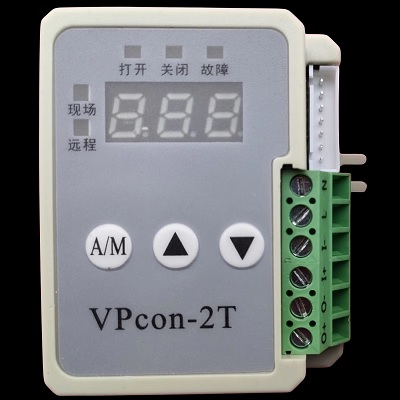
- Bộ điều khiển động cơ van VPcon-2TP VPcon-2T VPcon-2TS electric actuator control module valve controller Liên hệ
-
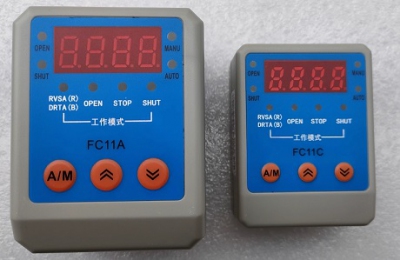
- Bộ điều khiển động cơ van FC11A FC11C FC11R valve controller intelligent control module actuator positioner Liên hệ
-
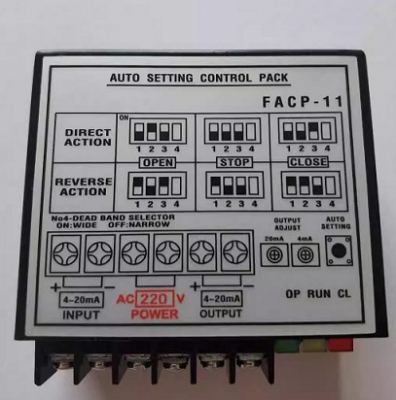
- Bộ điều khiển động cơ van FACP-11 intelligent control module valve controller electric actuator butterfly valve ball valve controller Liên hệ
-
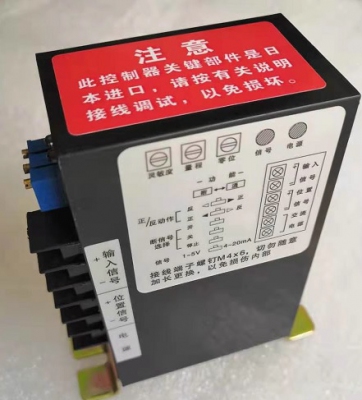
- Bộ điều khiển động cơ van CPA-100-220V CPA-101-220V intelligent controller electronic actuator regulating valve module Liên hệ
-
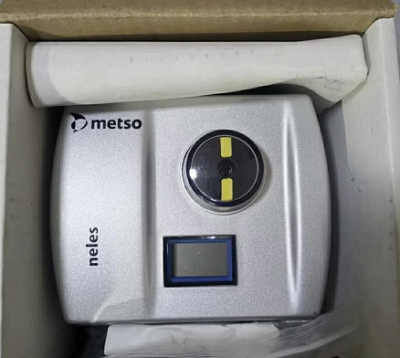
- Bộ truyền động van metso valve positioner ND9103HN ND9103HNT ND9102HN ND9106HN ND9106HNT ND9103HXT ND9103HX ND9106HXT HD9106HX Liên hệ
-
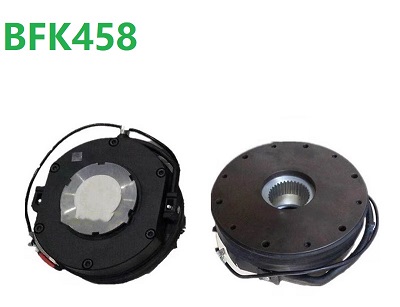
- Phanh điện từ BFK458-06 single chip BFK458-08 single chip BFK458-10 single chip BFK458-12 single chip BFK458-14 single chip BFK458-16 single chip BFK458-18 single chip BFK458-20 single chip BFK458-25 single chip BFK458-06E/N BFK458-08E/N BFK Liên hệ
TÂN THÀNH CAM KẾT
- Sản phẩm, hàng hóa chính hãng.
- Giá cả cạnh tranh.
- Dịch vụ chăm sóc khách hàng tận tâm.
Thông Tin Công Ty
Chính sách và quy định
Hỗ trợ khách hàng
THÔNG TIN LIÊN HỆ:
-------------------------------
CÔNG TY TNHH THIẾT BỊ CÔNG NGHIỆP TTH
Trụ sở: số 124 ngõ 79 Yên Hoà-Cầu giấy-HN
Kinh doanh 1 : 0816.861.515
Kinh doanh 2 : 0836.861.515
Email: tthkinhdoanh@gmail.com
Email: tthkinhdoanh01@gmail.com

